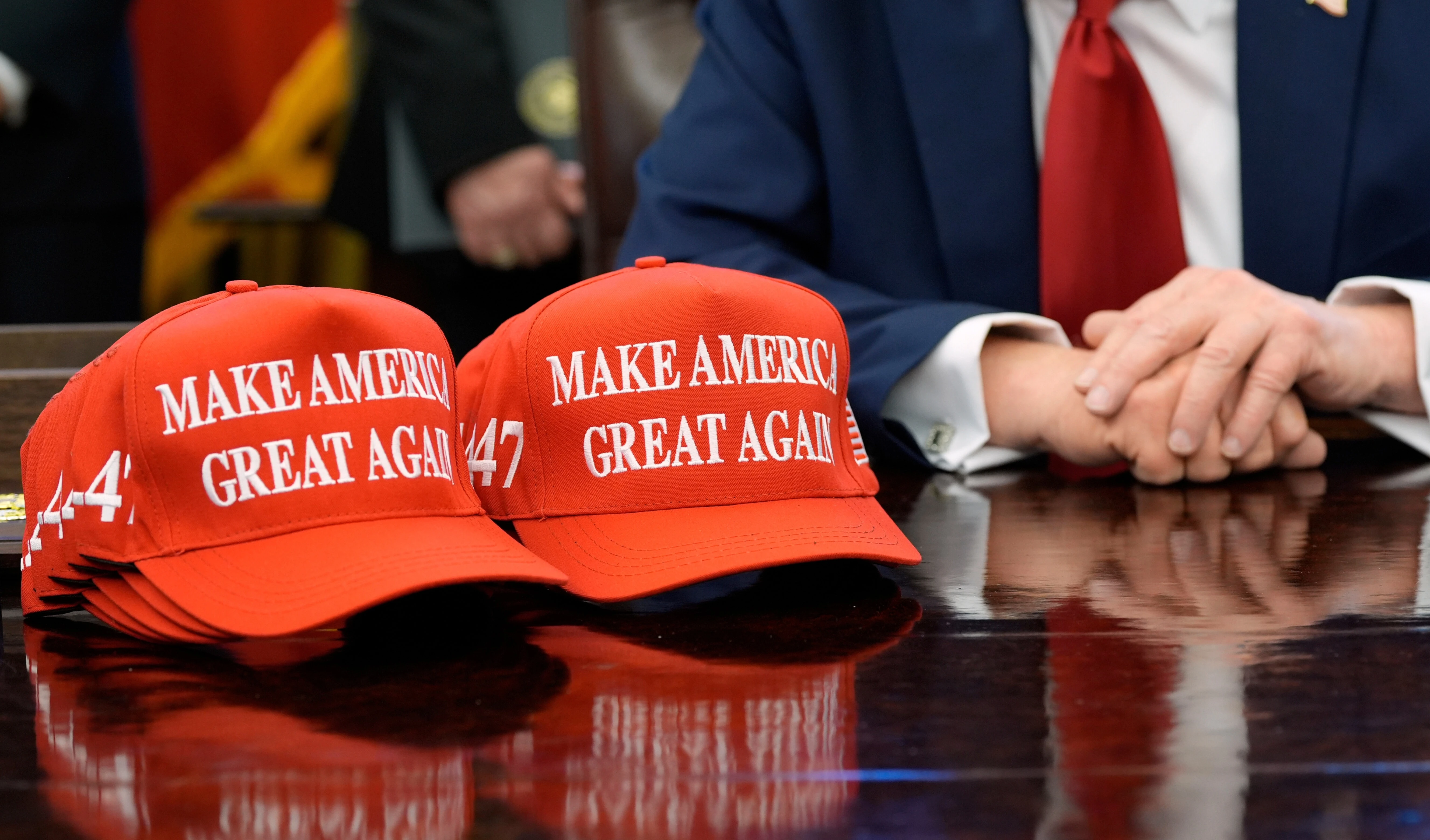Germany moves to secure US military presence amid fears of US drawdown
Germany seeks to preserve US troop presence as Trump reviews global deployments, while Berlin braces for cuts and boosts defense spending to meet NATO goals.
-

US Air Force Airmen watch from a window as US Vice President JD Vance disembarks Air Force Two upon his arrival at Ramstein Air Base, Germany, Thursday, April 24, 2025 (AP)
As Washington prepares to release a sweeping review of its global troop deployments, Berlin is scrambling to preserve the US military presence that has served as the bedrock of Germany’s postwar security and a central pillar of NATO’s European defense structure.
German Defense Minister Boris Pistorius traveled to Washington this week in an effort to keep Berlin aligned with American planning ahead of the anticipated Global Force Posture Review, which may shift US military focus away from Europe toward the Indo-Pacific. Following a meeting with US Defense Secretary Pete Hegseth, Pistorius acknowledged the writing on the wall. “At some point, it would become clear that the Americans would eventually do less,” he told reporters. “But we have to recognize that they have their own interests.”
Germany braces for strategic uncertainty
While American officials insist there will be "no surprises," Germany has received no concrete guarantees about troop levels or timelines. Berlin hosts roughly 35,000 US troops, more than any other European country, across key installations like Ramstein Air Base and Grafenwöhr, both of which play major roles in US global power projection beyond Europe, including into the Middle East and Africa.
That footprint could shrink significantly. Analysts and NATO insiders warn that up to 30% of US forces in Europe could be withdrawn, a move that would reinforce President Donald Trump’s “America First” posture while pressuring allies to shoulder more responsibility. According to Aylin Matlé of the German Council on Foreign Relations, a reduction of Biden-era reinforcements alone, around 20,000 troops sent after Russia’s 2022 Ukraine invasion, would be symbolically significant under Trump.
“This is not just about logistics, it’s about messaging,” Matlé noted, adding that any withdrawal must be coordinated to avoid operational gaps. But with the Pentagon’s report expected in September, Germany is still in the dark about what exactly is being planned.
A diplomatic push to keep the Americans close
German leaders are launching a quiet yet deliberate campaign to stay in Washington’s good graces. Chancellor Friedrich Merz, Pistorius, and Foreign Minister Johann Wadephul have worked in tandem to signal alignment with US policy goals. In June, Berlin announced a dramatic increase in defense spending, from €86 billion in 2025 to €153 billion by 2029, bringing Germany’s military budget to 3.5% of GDP.
The uptick in defense funding is intended to show Washington that Berlin is a reliable NATO partner willing to invest in shared security infrastructure. Merz’s direct outreach to Trump, including a phone call earlier this month to coordinate weapons shipments to Ukraine, also underlines the personal diplomacy now required to influence US decision-making.
When Merz visited Trump at the White House, the topic of troop withdrawals surfaced publicly. “Germany has been stepping up,” Trump told reporters, adding only that future deployments would depend on “what makes sense.”
Europe's strategic dependency at a crossroads
While Germany is investing more in its military, experts warn it is not yet capable of filling the strategic void that a large-scale US withdrawal would create. The American nuclear presence in Büchel, part of NATO’s shared deterrence posture, is just one example of Germany’s continued reliance on US power. Berlin has also struggled to close gaps in readiness and munitions stockpiles.
“The Americans are still the backbone of European defense,” Matlé said. “If they begin to scale back, Germany will have to accelerate reforms or accept greater risk.”
For now, Berlin's strategy is clear: delay any drawdown, stay aligned with Washington’s evolving priorities, and ensure that Germany remains indispensable to the US military presence in Europe. Whether that will be enough under a second Trump presidency remains an open question.
US mulling Europe drawdown
NBC News, citing sources, reported in February that the United States is weighing the option of reducing its military presence in Europe as it shifts its focus to the Asia-Pacific region and the Mexico border.
According to the media outlet, Hegseth privately told Ukrainian officials during a closed-door meeting with Volodymr Zelensky that US President Donald Trump was considering reducing US forces in European countries.
This information was confirmed to NBC News by five US officials and a person familiar with the meeting.
They noted that the Pentagon chief’s statement "stunned" the Ukrainian delegation, as Kiev viewed such prospects as a long-term security threat.

 5 Min Read
5 Min Read










